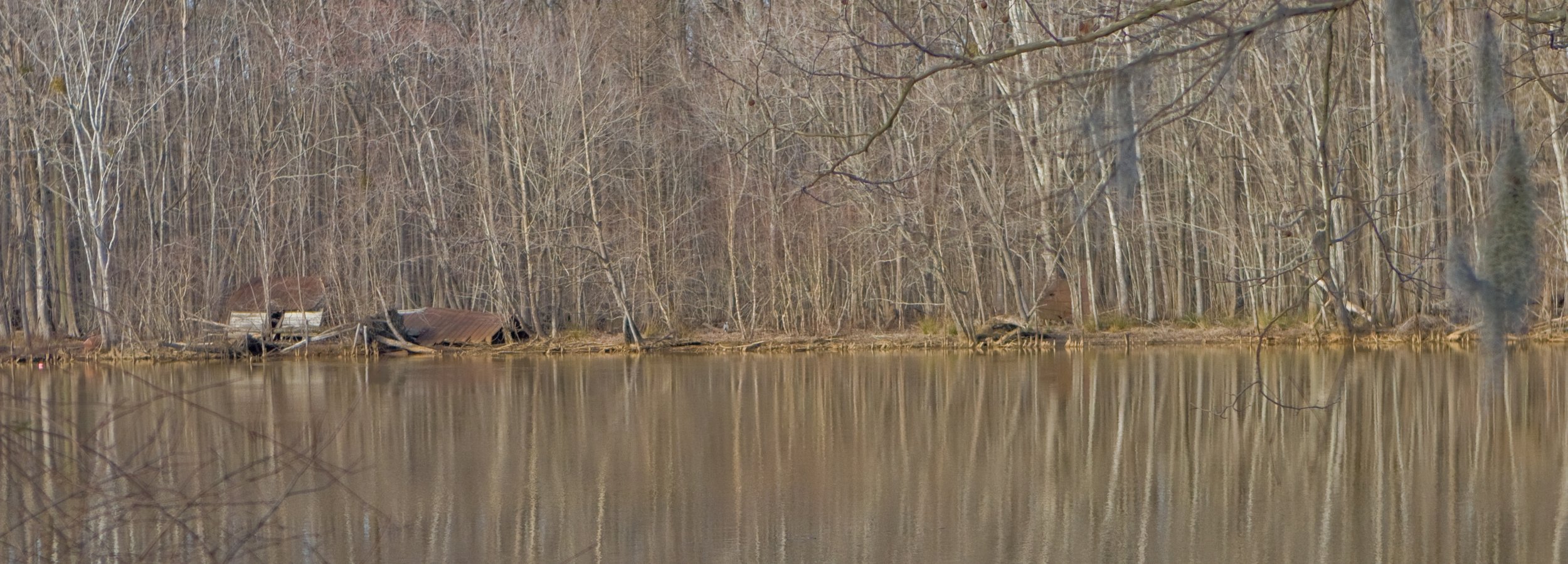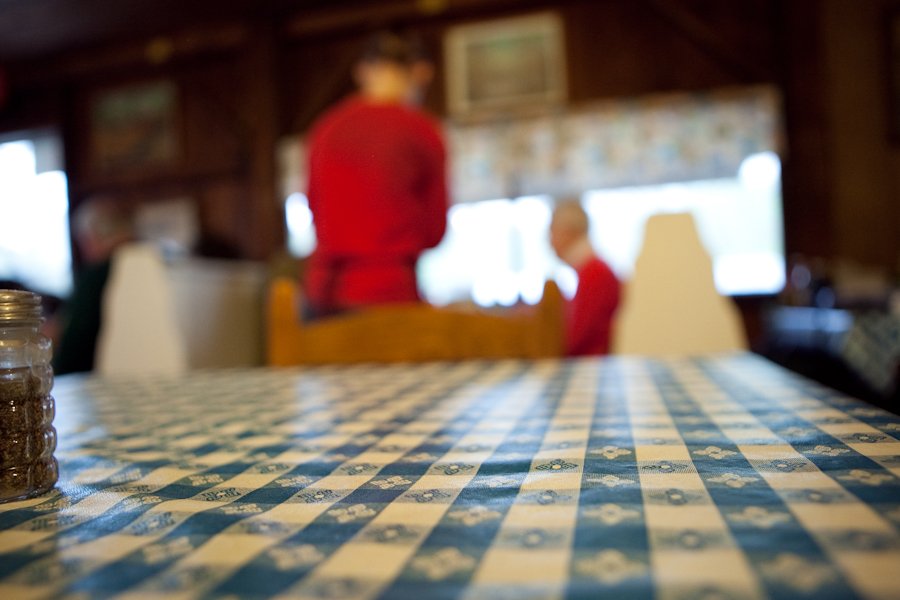Ode to the Cypress Grill: a place in time
NOTE: This post was originally written around 2012, and updated July 26, 2018.
On Sunday night, July 22, 2018, an eastern North Carolina landmark burned down. At The Cypress Grill, you could order your herring ‘cremated’. Now the place itself has been reduced to ashes. I was privileged to document this old time cookshack back in 2009 and 2011 while working on films for the NC Museum of Natural Sciences.
Just past the caution light, heading east on main street in Jamesville, North Carolina, take a left, down a hill. The road dead ends at Cypress Grill, one of the last “cook-shacks” left along the Roanoke River. You’ll know you’re there. The murky water of the river slaps and slides along the bank just a few feet from the front door. I made these photographs back in 2009 on an unusually brisk day for late March in Carolina. Visitors scurried and stamped in from the cold rain, immediately encountering a bright yellow flame in an old kerosene heater just inside the screen door.
But the warmest greetings came from the owners, Leslie and Sally Gardner, who had been serving up deep fried river herring at this location for almost 40 years.
When they bought the place in the early 70s, it had already been operating for more than three decades, though the original 1936 building burnt down in 1946, lending way to the board and battan cypress siding that blended in to the surroundings. Look downriver and you’ll find the weathered bones of old piers and an eclectic collection of river shacks and hunting clubs.
Looking across the Roanoke River from The Cypress Grill.
The place was close to full by 11:45 and newcomers anxiously surveyed the dining room for a booth with a blue checkered tablecloth, or maybe a table by the window where one can keep an eye on the river and watch as staff go back to the storage shed for another pail of the famous fish.
In the early years, the herring were caught and cleaned every morning, just steps from where they then were notched, breaded and deep fried. But all that has changed, and now Leslie Gardner has to load up in the pick up truck and travel as far as South Carolina just to find herring to buy. When he talks about the changes he’s seen in life along the river, it’s real life, and real alarming.
Leslie Gardner at the Cypress Grill, 2009
I had the pleasure of catching Leslie Gardner in between the morning prep, and the lunch rush, and he amicably answered question after question. I was there as the writer and co-producer of a film being produced at ARTWORK, a Raleigh based production company headed up by Director of Photography Art Howard. We were making an educational film about the efforts of the US Fish and Wildlife Service to restore the Shad population in NC waters. So why were we there talking about herring?
Shad is a distant cousin of herring, and both families of fish have met with a serious, even tragic, decline in population from their once fertile numbers. In genealogical, family tree speak, the lines are running thin for herring, for hickory shad, and for American shad, all once found in multitudes almost too great to grasp for those who never experienced it first hand.
Now, tragically, one of the last old time cookshacks, where you could order your herring ‘cremated’ and eat the bones and all, has itself been reduced to ashes.









